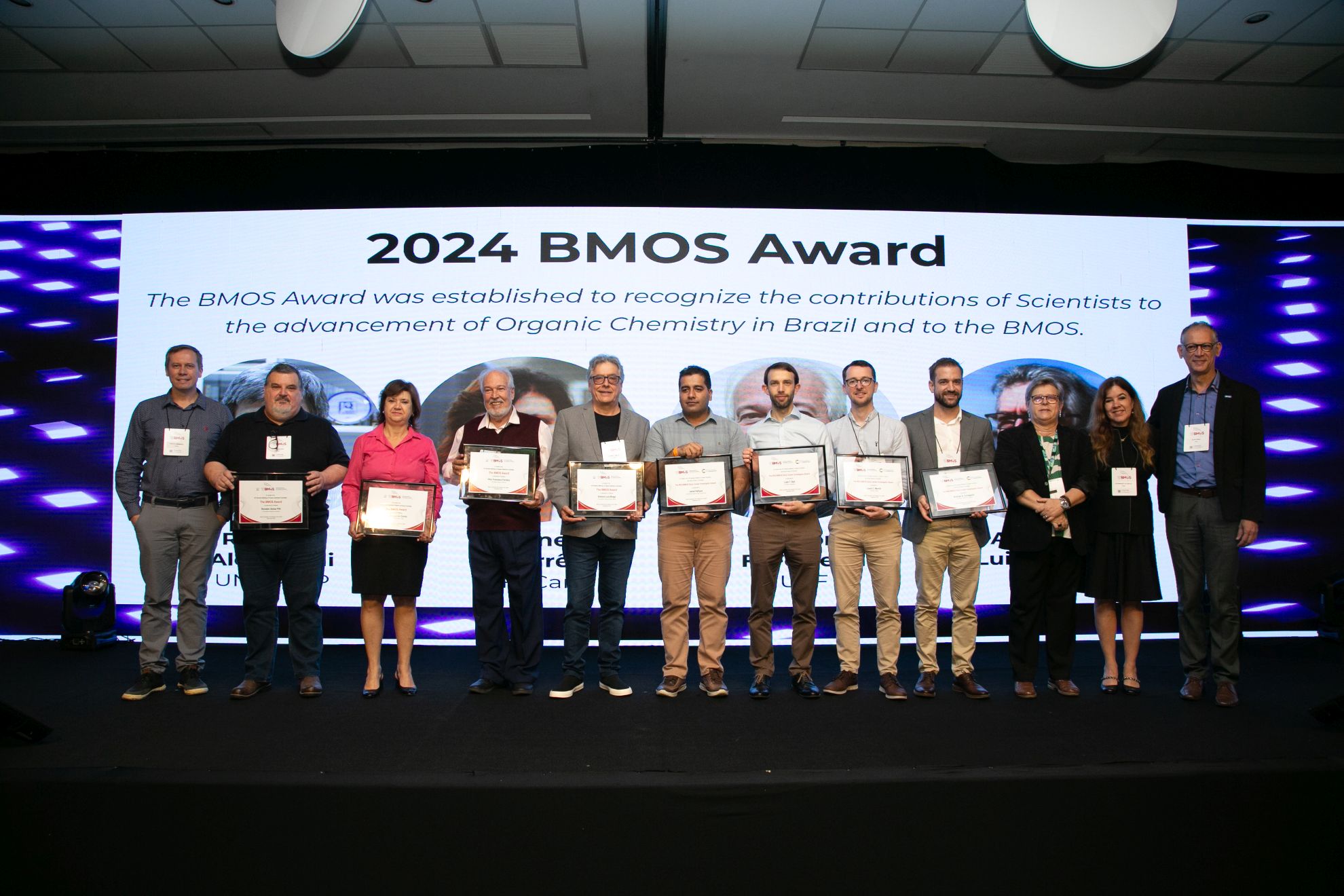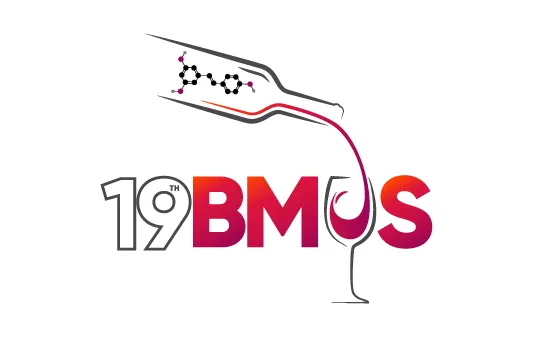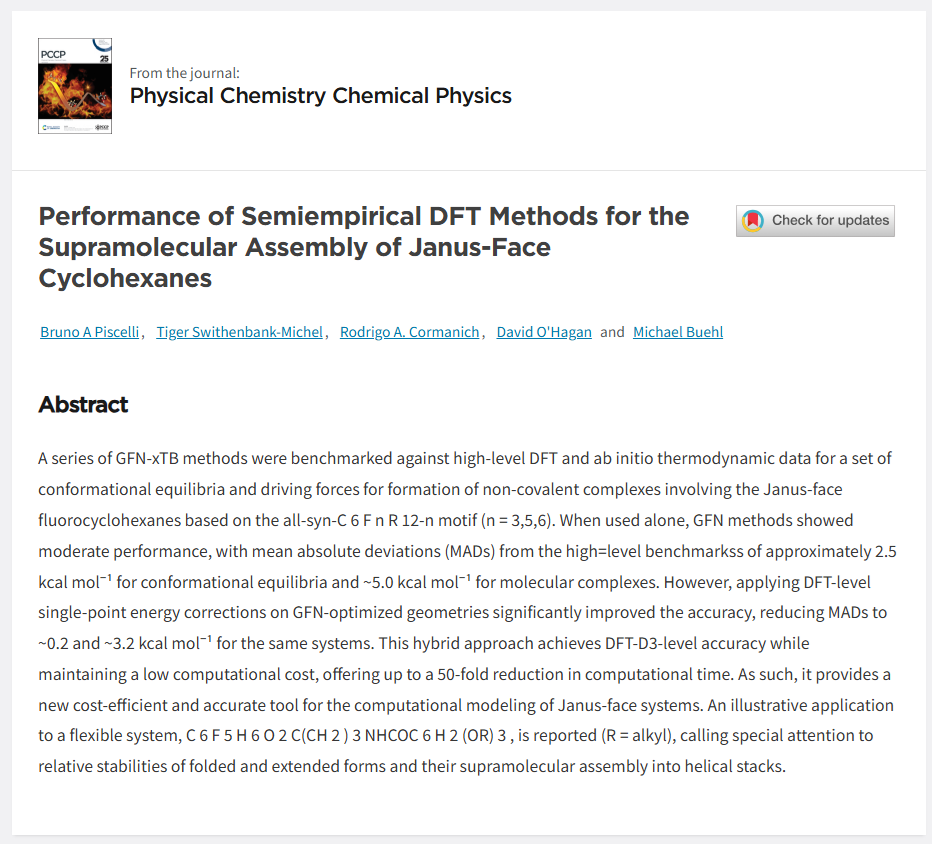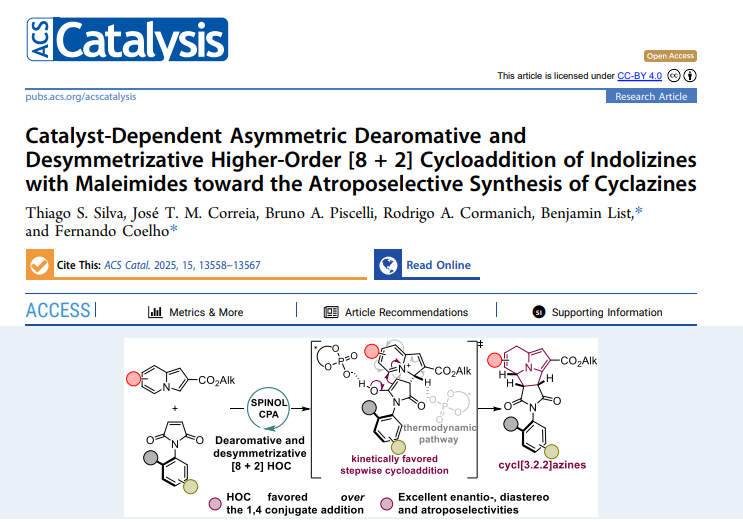The 19th Brazilian Meeting on Organic Synthesis (BMOS) in Bento Gonçalves, from September 23 to 27, 2024, brought together outstanding scientists from around the world to share their latest research in organic chemistry. David Macmillan, renowned for his work on organocatalysis, gave one of the most anticipated talks. The event also featured discussions on a variety of important topics, including the use of photochemistry to drive green synthetic processes, innovations in C–H bond functionalization to improve efficiency, and advancements in stereoselective reactions.
The meeting provided a platform for exploring cutting-edge methods in catalysis for asymmetric synthesis, as well as recent breakthroughs in natural product synthesis and total synthesis of complex molecules. Sustainable approaches to chemistry were also a key focus, as researchers highlighted strategies to minimize waste and energy consumption.
The success of this meeting was due to the exceptional work of the organizing committee, with Paulo Schneider, Diogo Lüdtke, and Angélica Venturini playing pivotal roles. Their dedication ensured that the event was not only well-organized but also fostered a collaborative atmosphere, allowing both early-career researchers and experienced professionals to engage meaningfully.
One of the highlights of the event was the recognition of Professor Rodrigo Cormanich, who was honored with the RSC/BMOS Early Career Investigator Award. Reflecting on the achievement, he expressed his gratitude, stating: “I’m deeply grateful to both the Royal Society of Chemistry and BMOS for this recognition. It means a lot.” This award serves as a significant milestone in his career, motivating him to continue advancing research in physical organic chemistry.
The event not only celebrated early-career scientists but also honored distinguished professors who have contributed greatly to the development of organic chemistry in Brazil. Their pioneering work has laid a strong foundation for future research, and BMOS recognized their enduring impact on the scientific community:



